Search
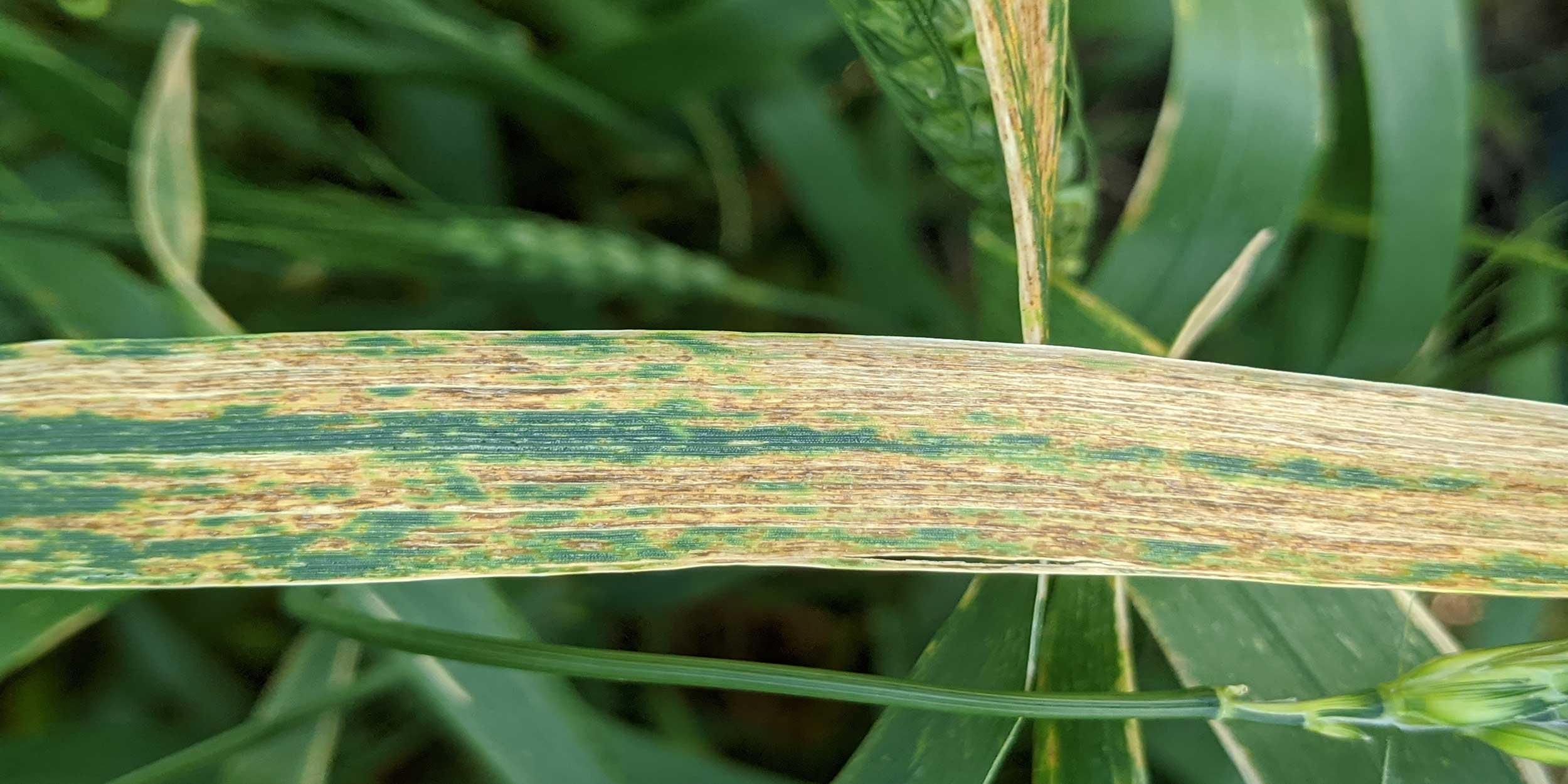
Bacterial Leaf Streak Developing at Low Level in Winter Wheat
A few winter wheat fields were found with bacterial leaf streak starting to develop at low levels. Bacterial leaf streak is usually observed starting from flag leaf growth stage. It can be severe on the upper leaves when there is prolonged leaf wetness resulting from frequent rains.

Army Cutworm Moths Among the Recently Reported Western Bean Cutworm Moths
Last week, we published an article about the presence of western bean cutworm moths being very abundant throughout Central and Western South Dakota. However, when talking with an entomologist from a neighboring state, they suggested the moths could also be army cutworm moths.
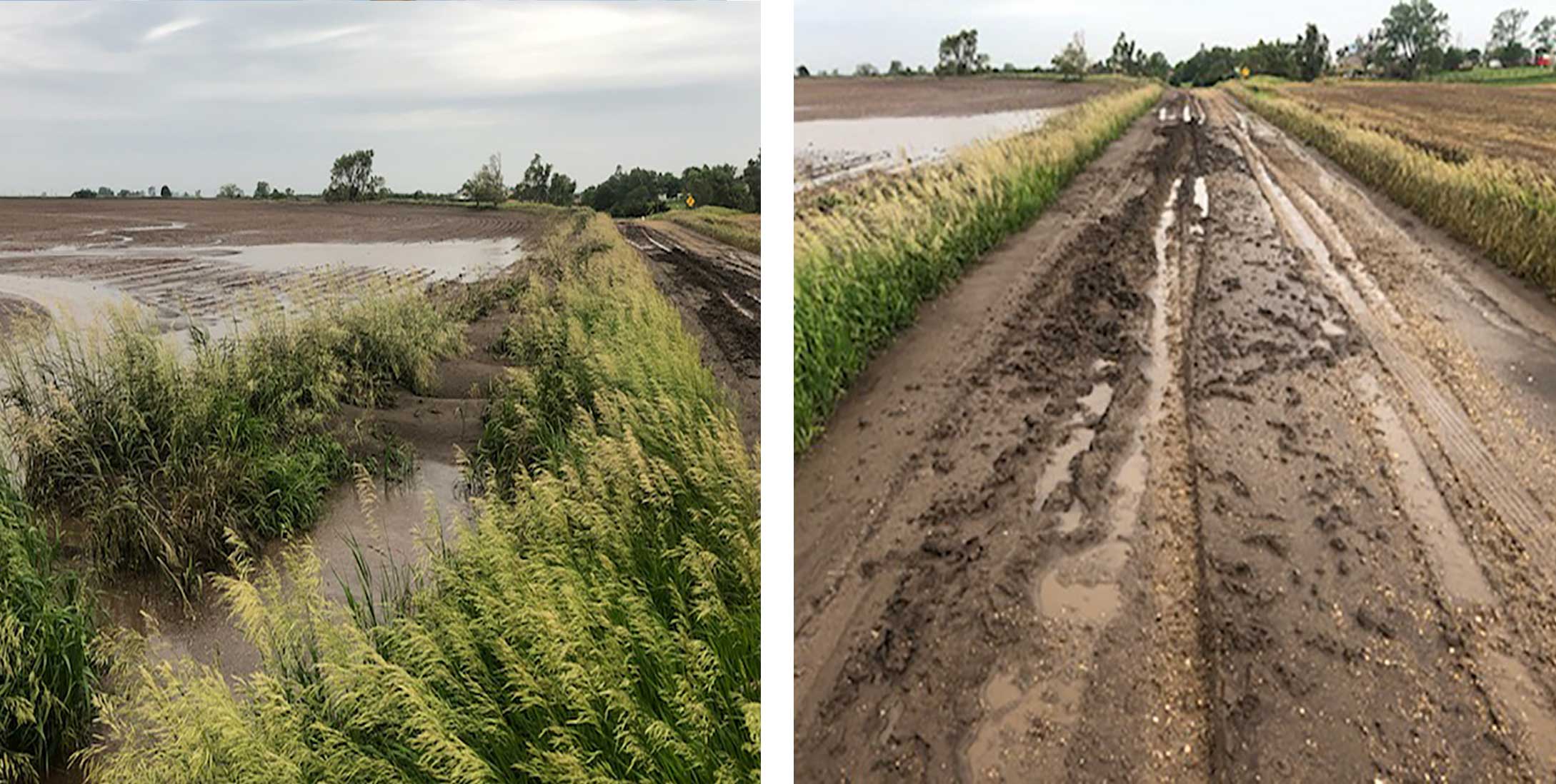
Multiple Rounds of Severe Weather Bring Heavy Rainfall, High Winds, and Soil Erosion
A combination of tillage, no residue, and lack of crop canopy can lead to severe erosion and topsoil loss in the face of extreme weather patterns in the spring. The most effective strategy for producers to adapt to these extreme events is to improve soil health.

Round Bale Storage Conservation
Fact sheet discussing conservation of round bale storage.

Scout for True Armyworms in Oats and Wheat
During most years, we start worrying about true armyworm activity in wheat fields in mid-July. However, the strong southerly winds that we experienced during the last two weeks pushed several insect pests north ahead of their normal schedule
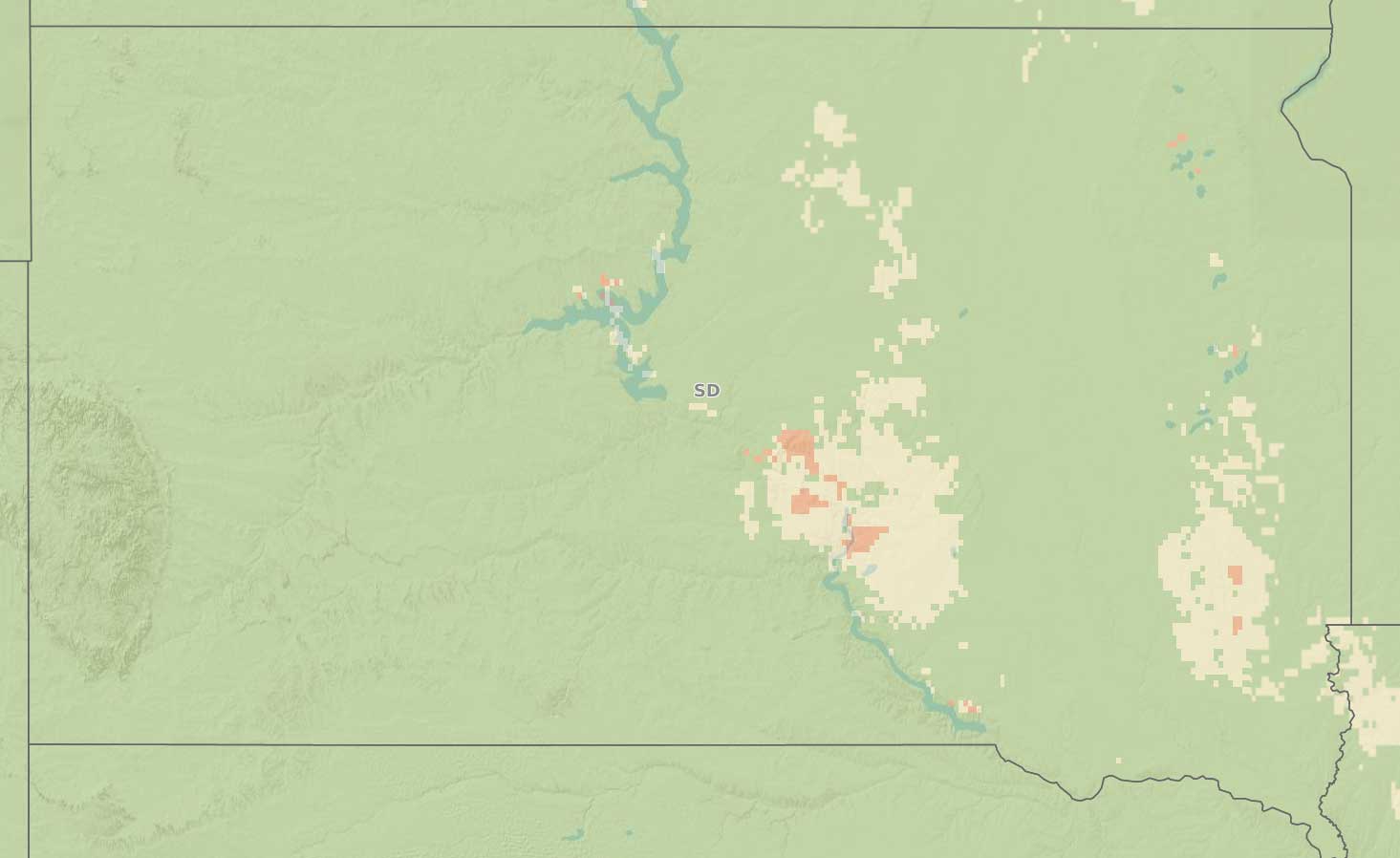
Fusarium Head Blight Predicted Risk for Spring Wheat
Most of the spring wheat is at or will soon be at flowering. One disease that can develop in wheat at this growth stage is fusarium head blight (FHB or scab).

Winter Wheat Diseases Update
Powdery mildew, fusarium head blight and leaf rust were observed in a few winter wheat fields recently scouted. The recent rainfall showers and warm temperatures have favored these diseases to develop in winter wheat.

Master Food Preserver Volunteer Program
If you enjoy preserving food, volunteering and helping your community, SDSU Extension's Master Food Preserver volunteer program may be for you!
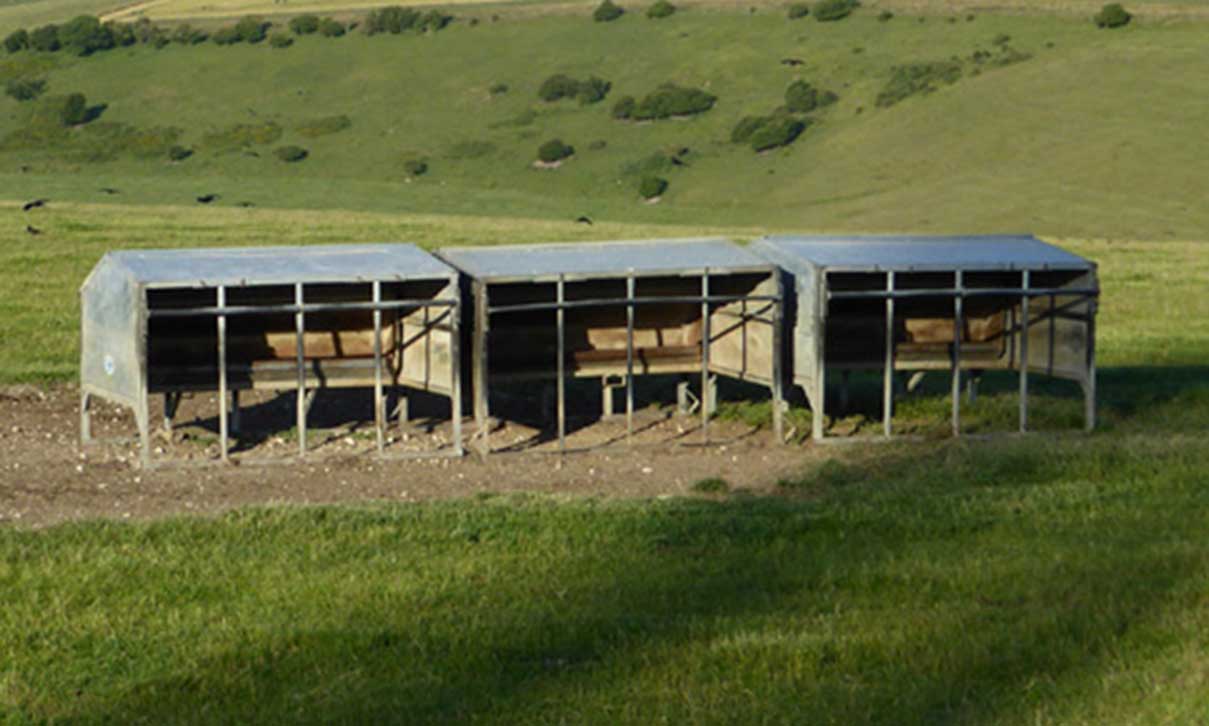
Creep Feeding Options: Will it Pay?
Creep-feeding should be evaluated on yearly basis to determine if it will provide production and economic benefits to the operation.
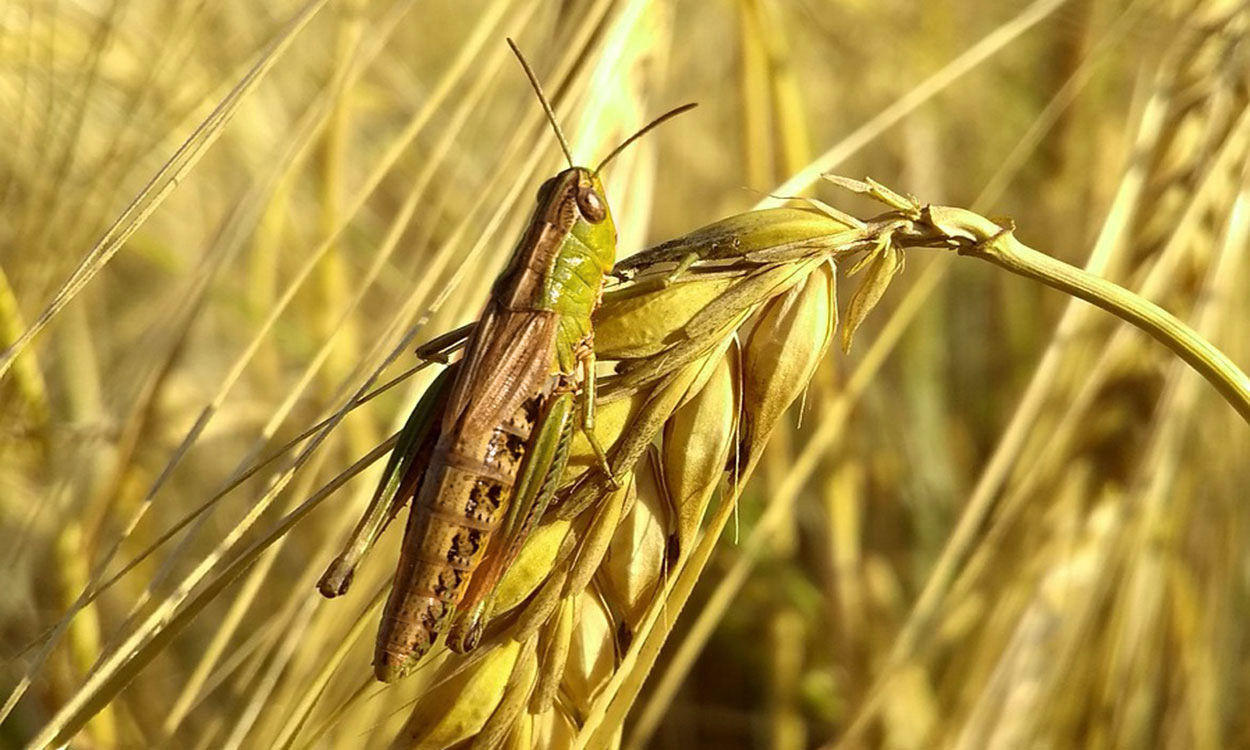
Grasshoppers Are Causing Concerns in Close-to-Harvest Winter Wheat
During the end of last week, we received reports of grasshoppers feeding on winter wheat that was close to being ready to harvest. One of the questions with the report was, “What insecticide can be sprayed that won’t delay harvest?”